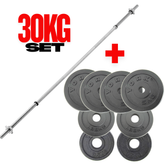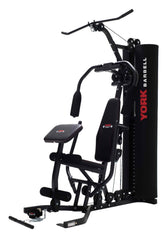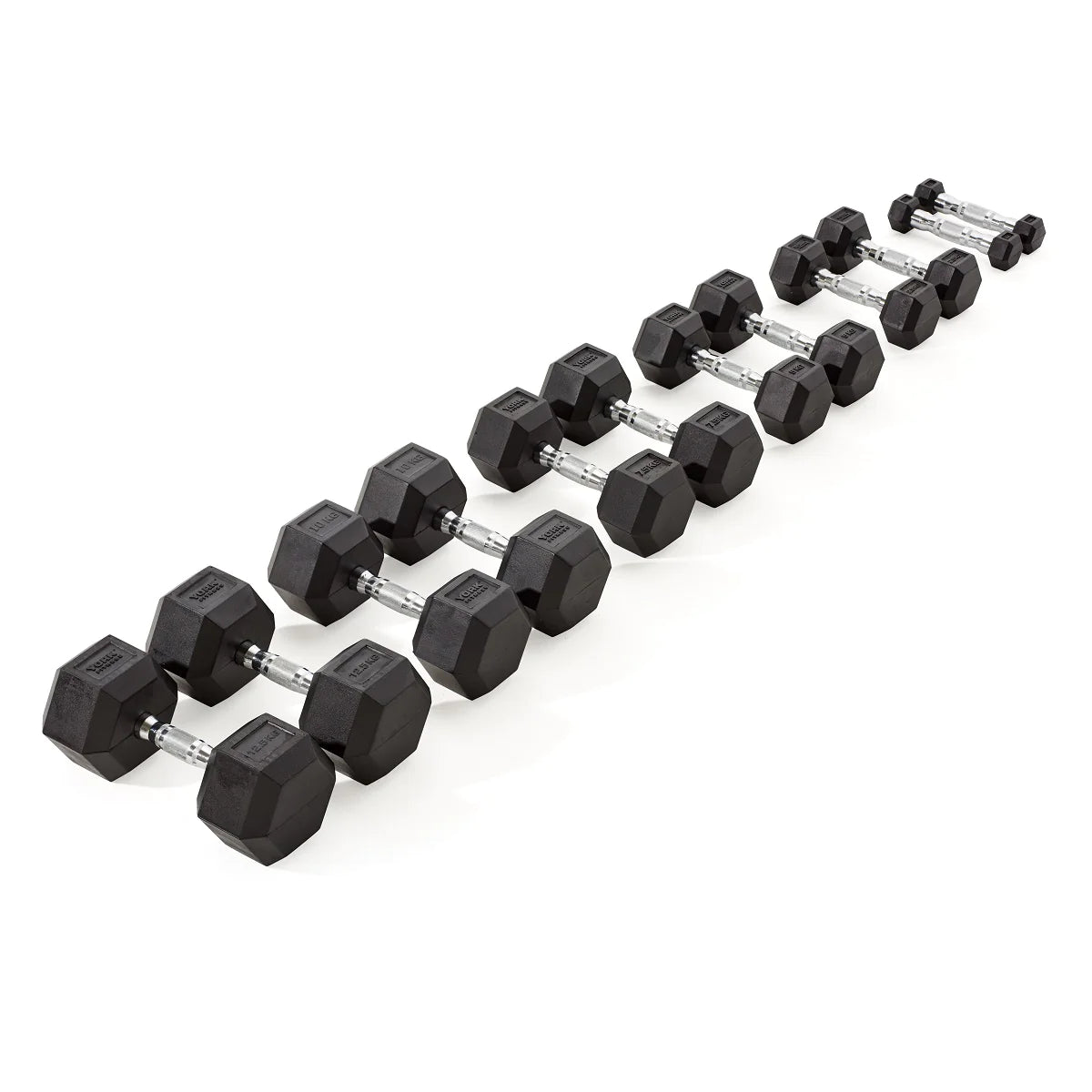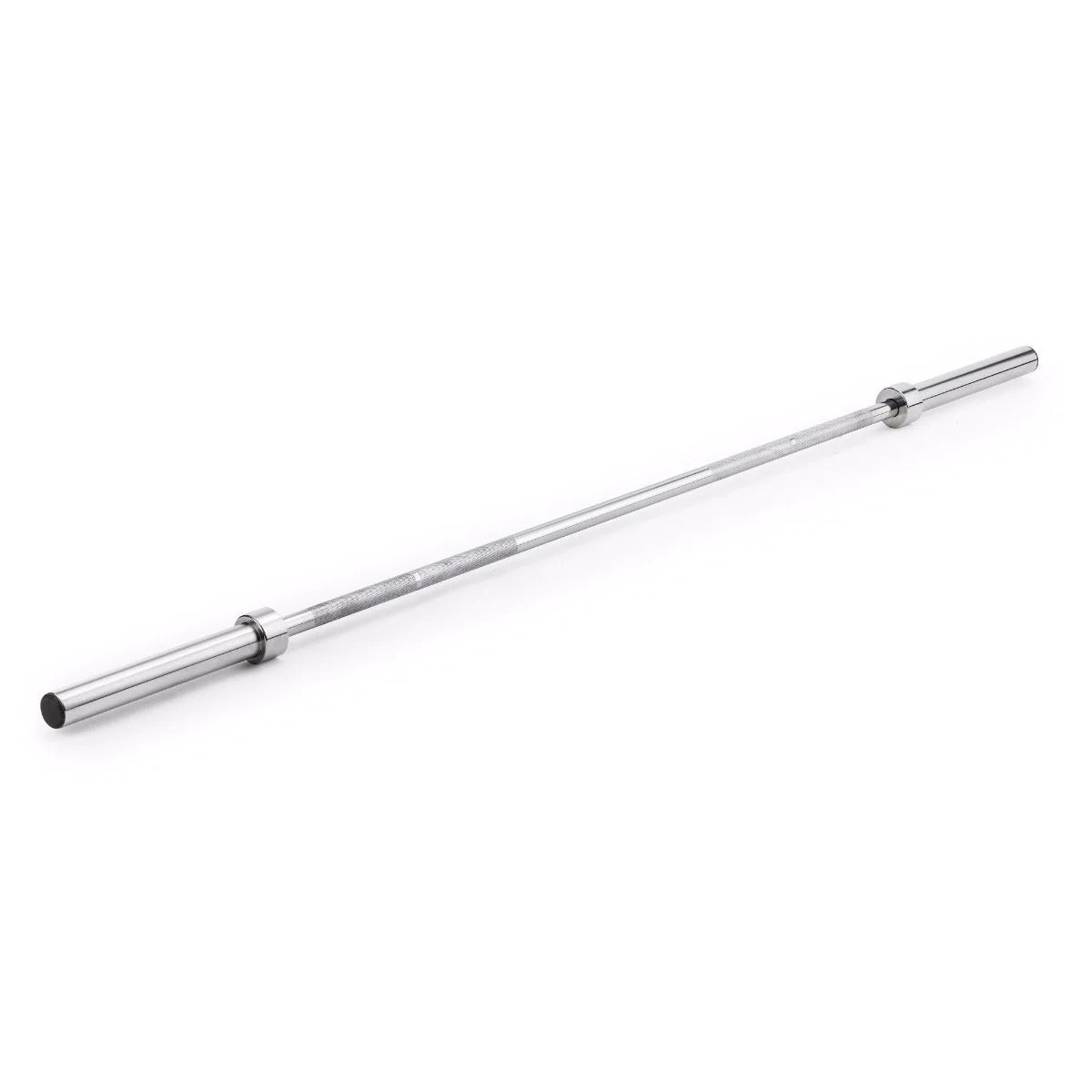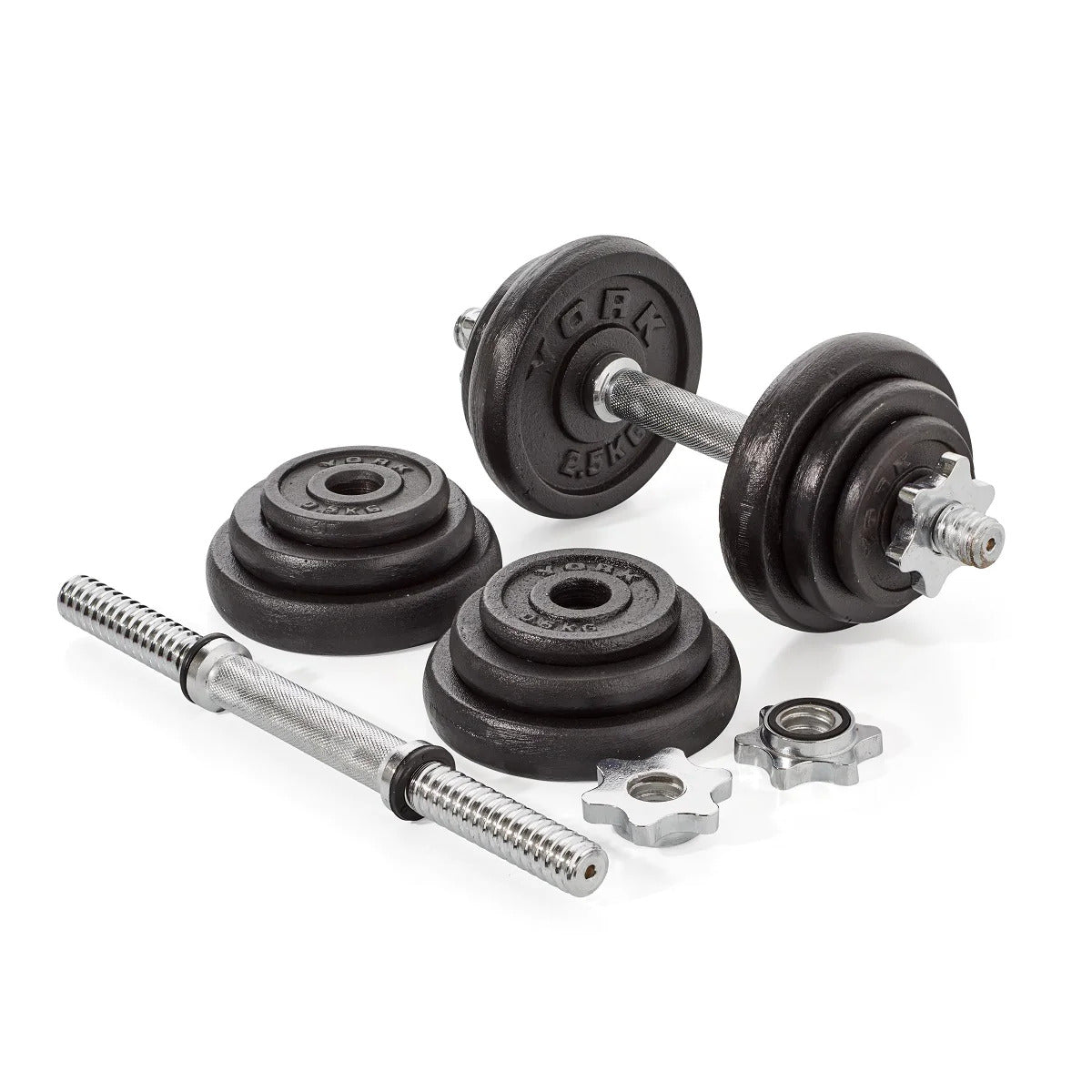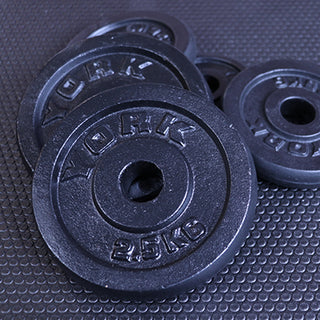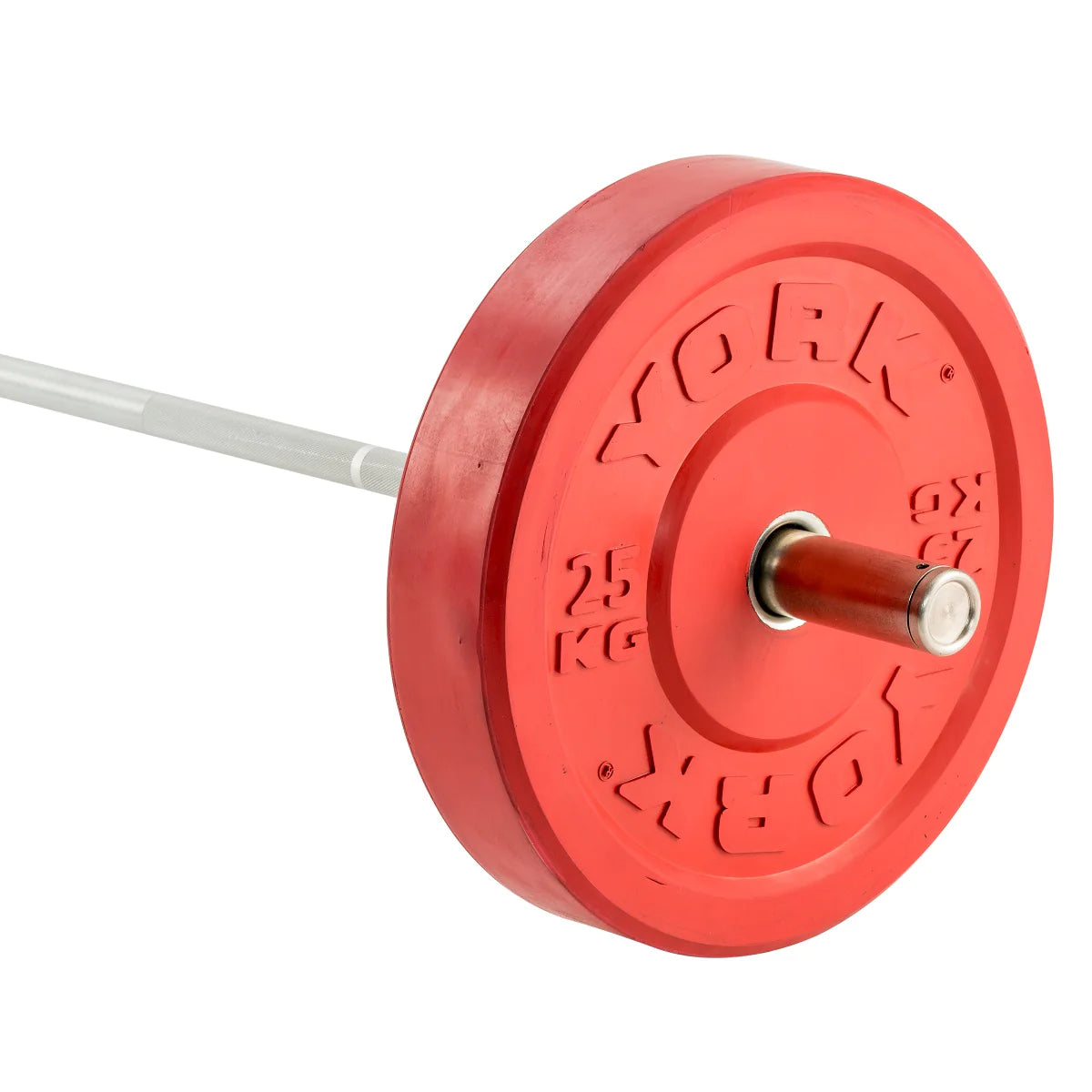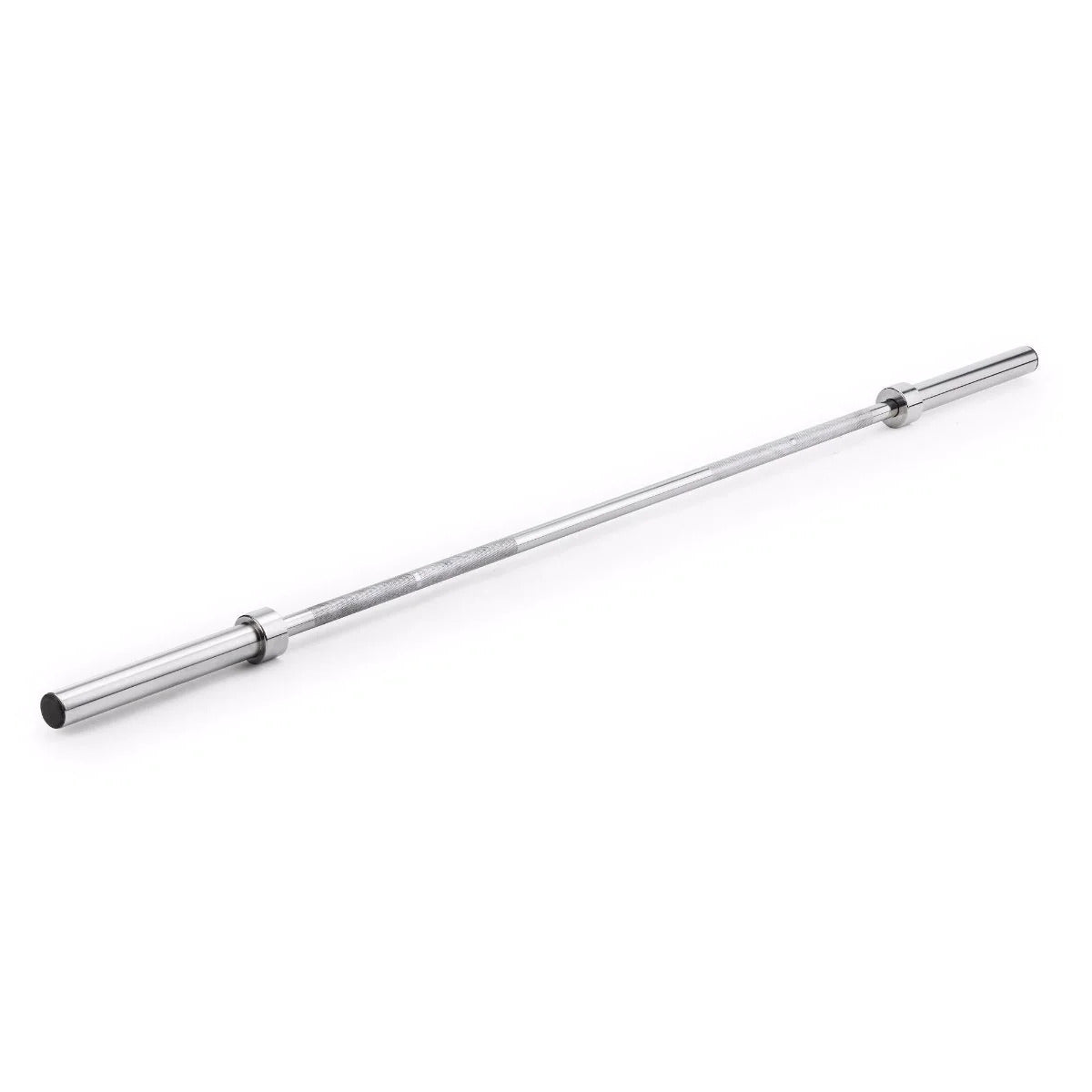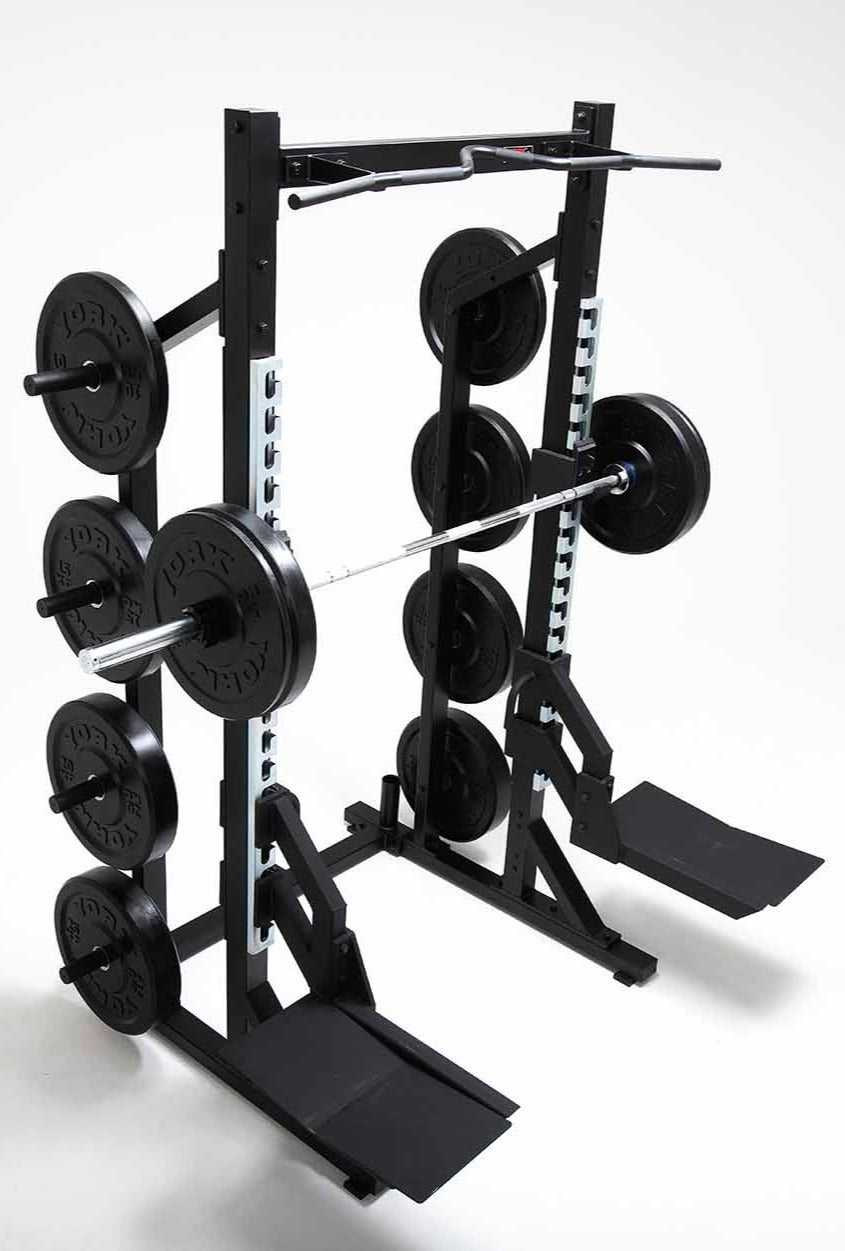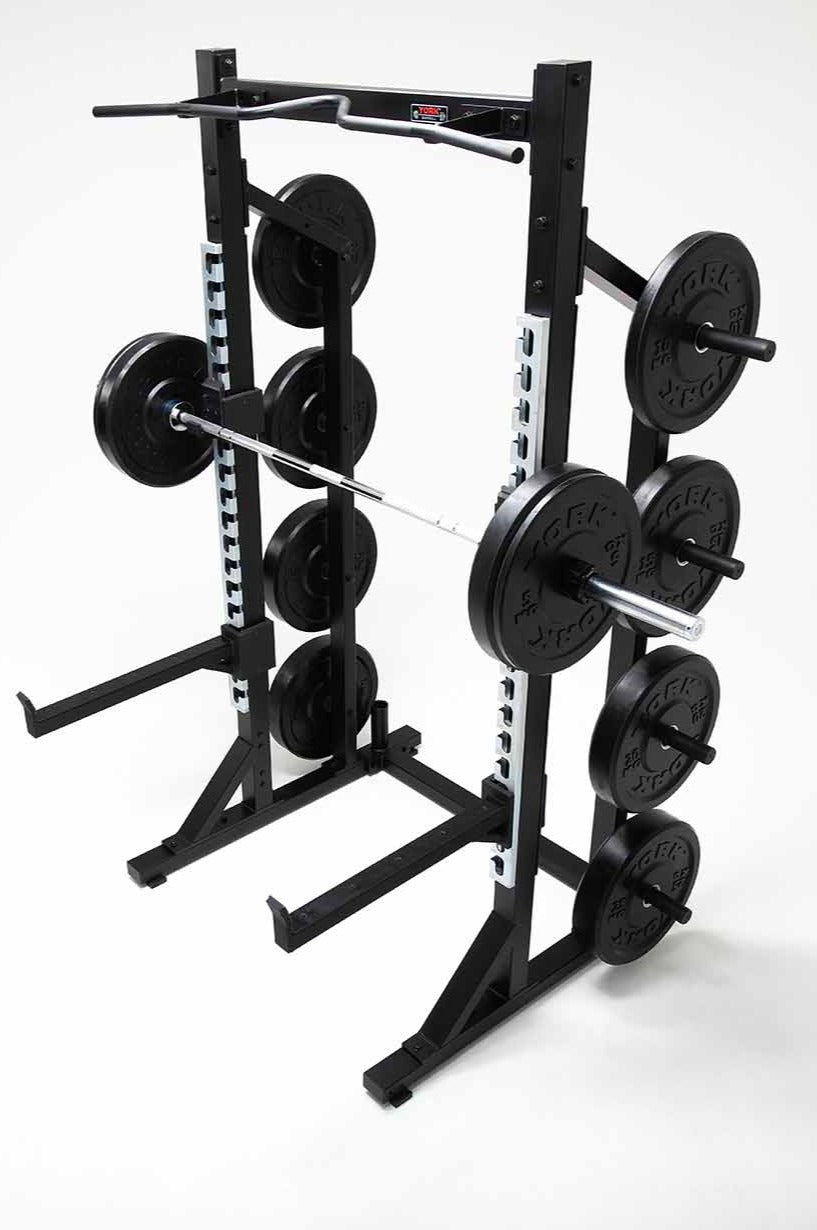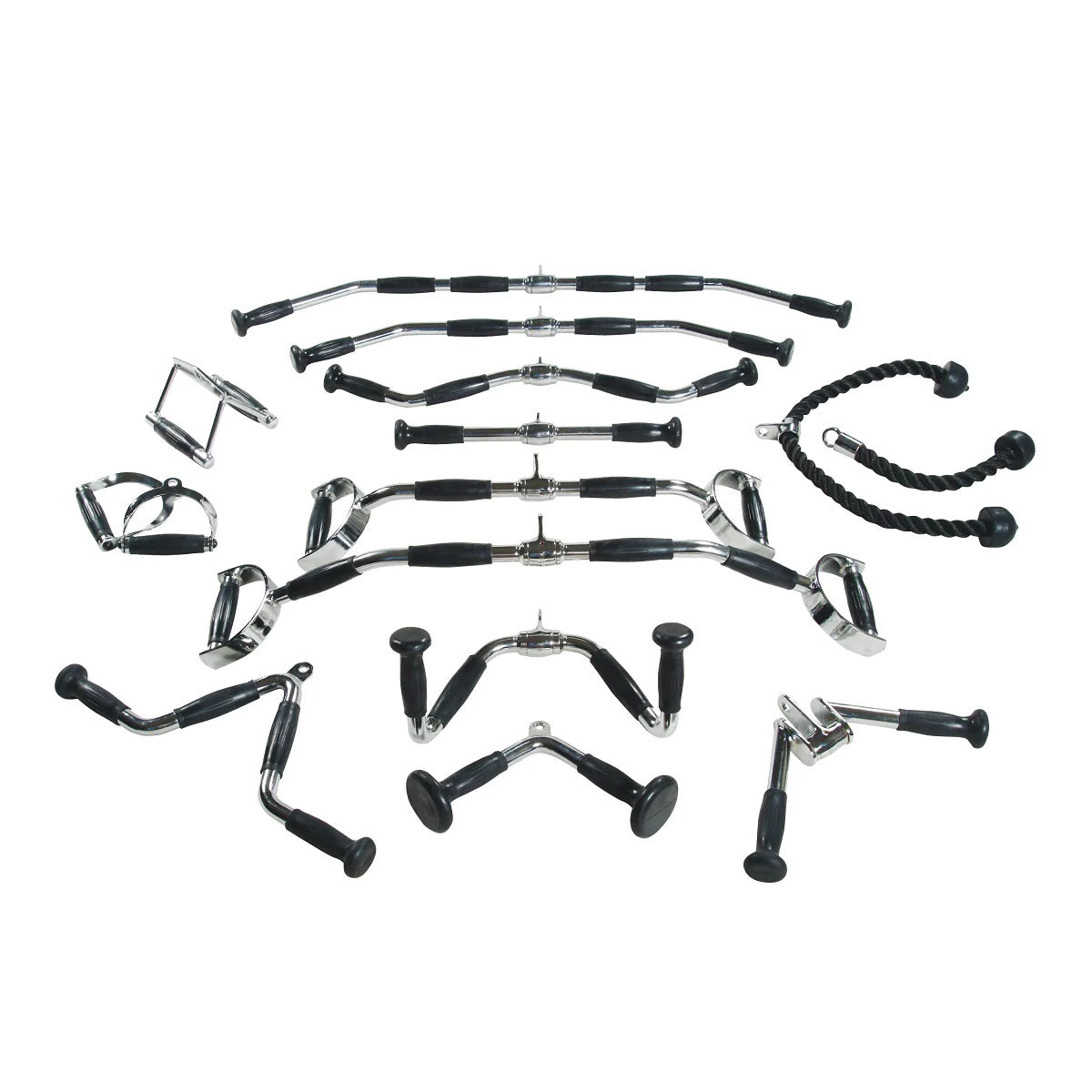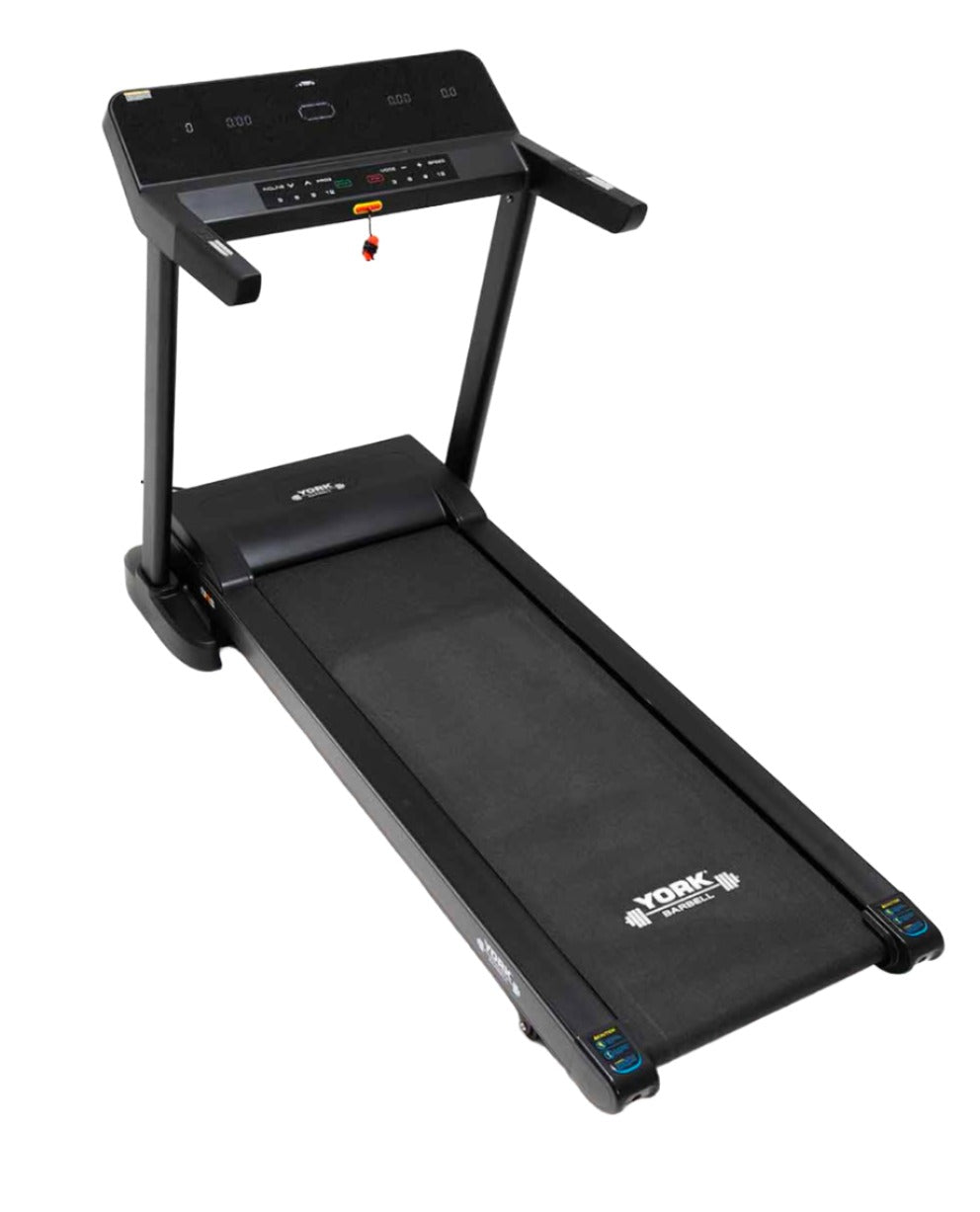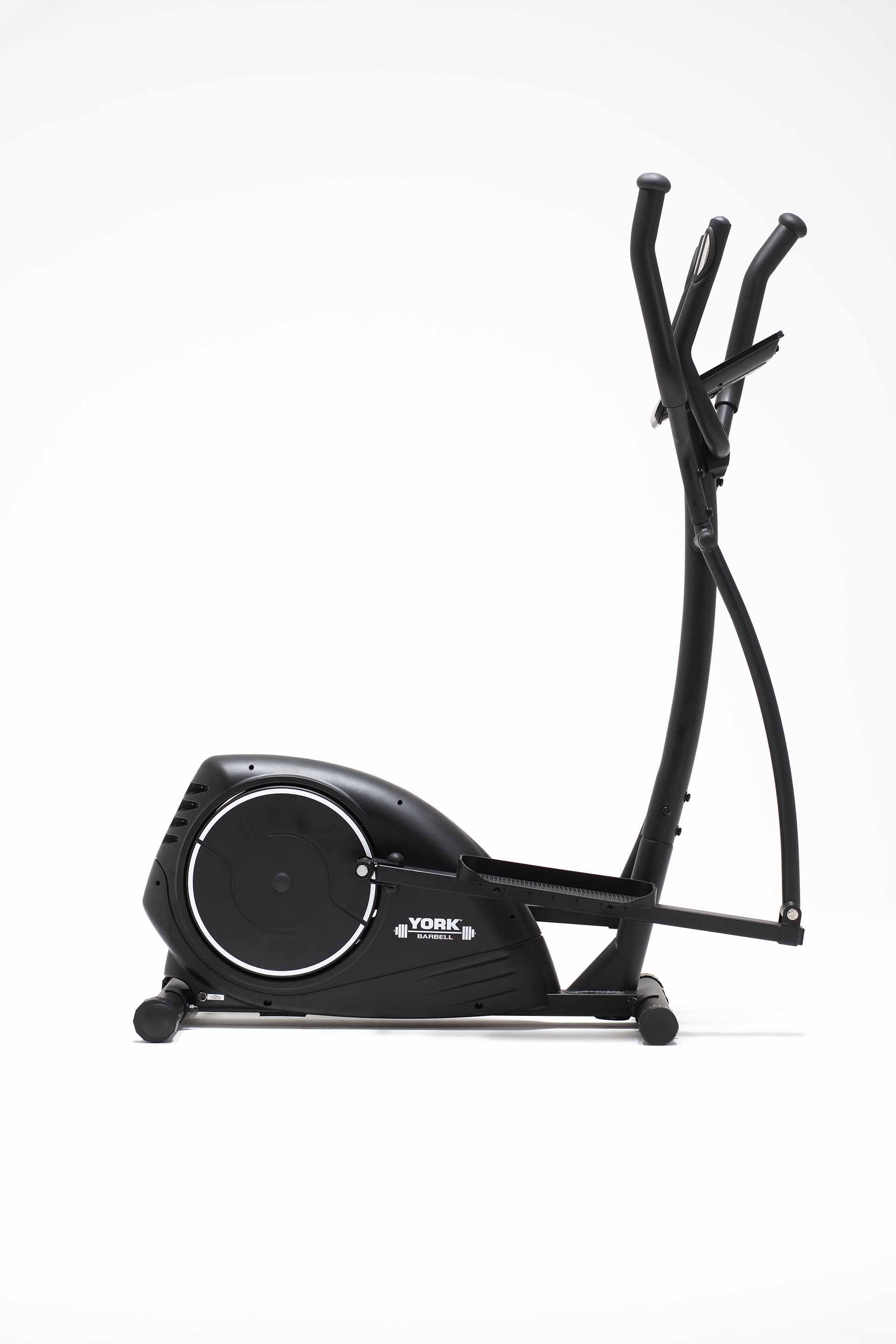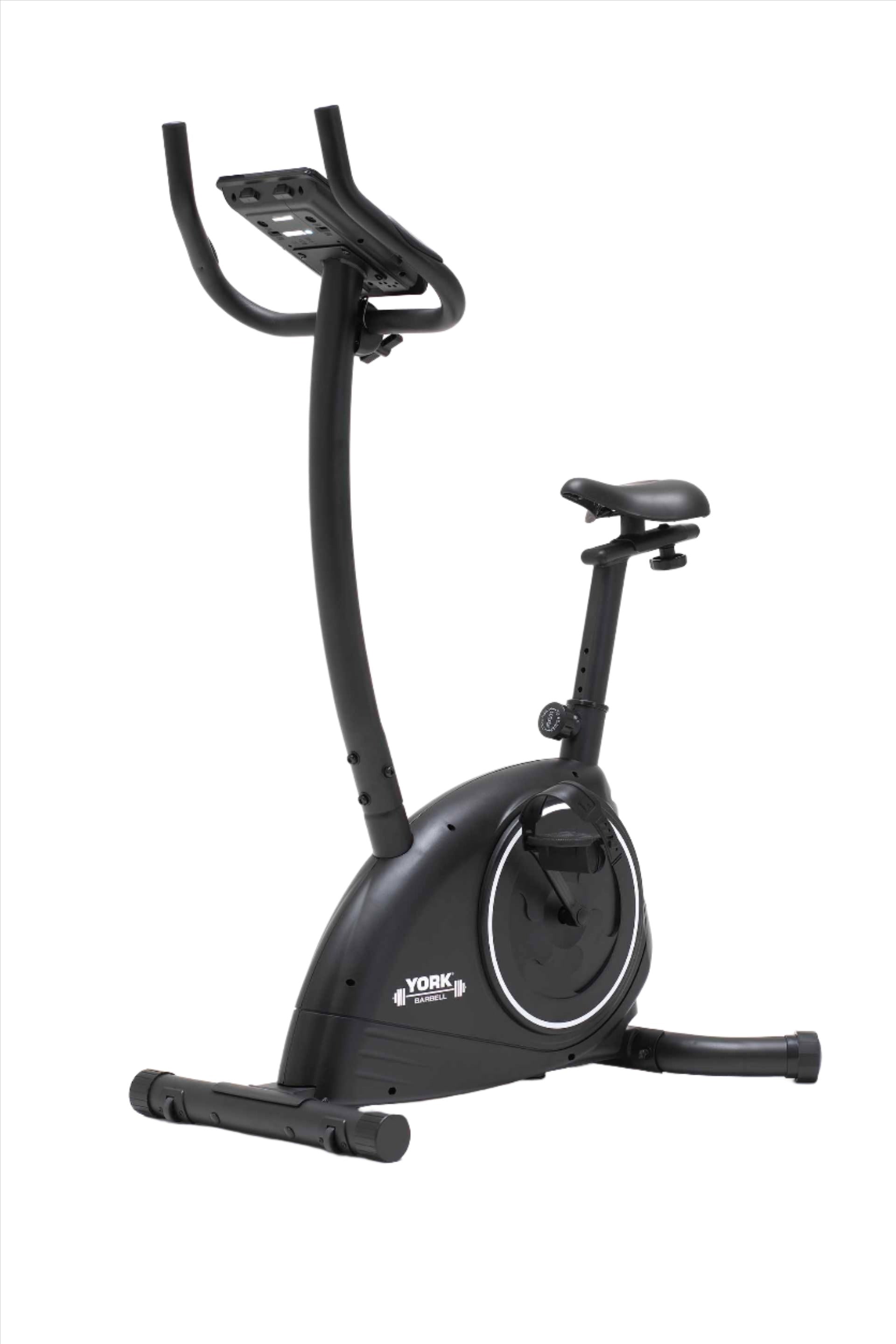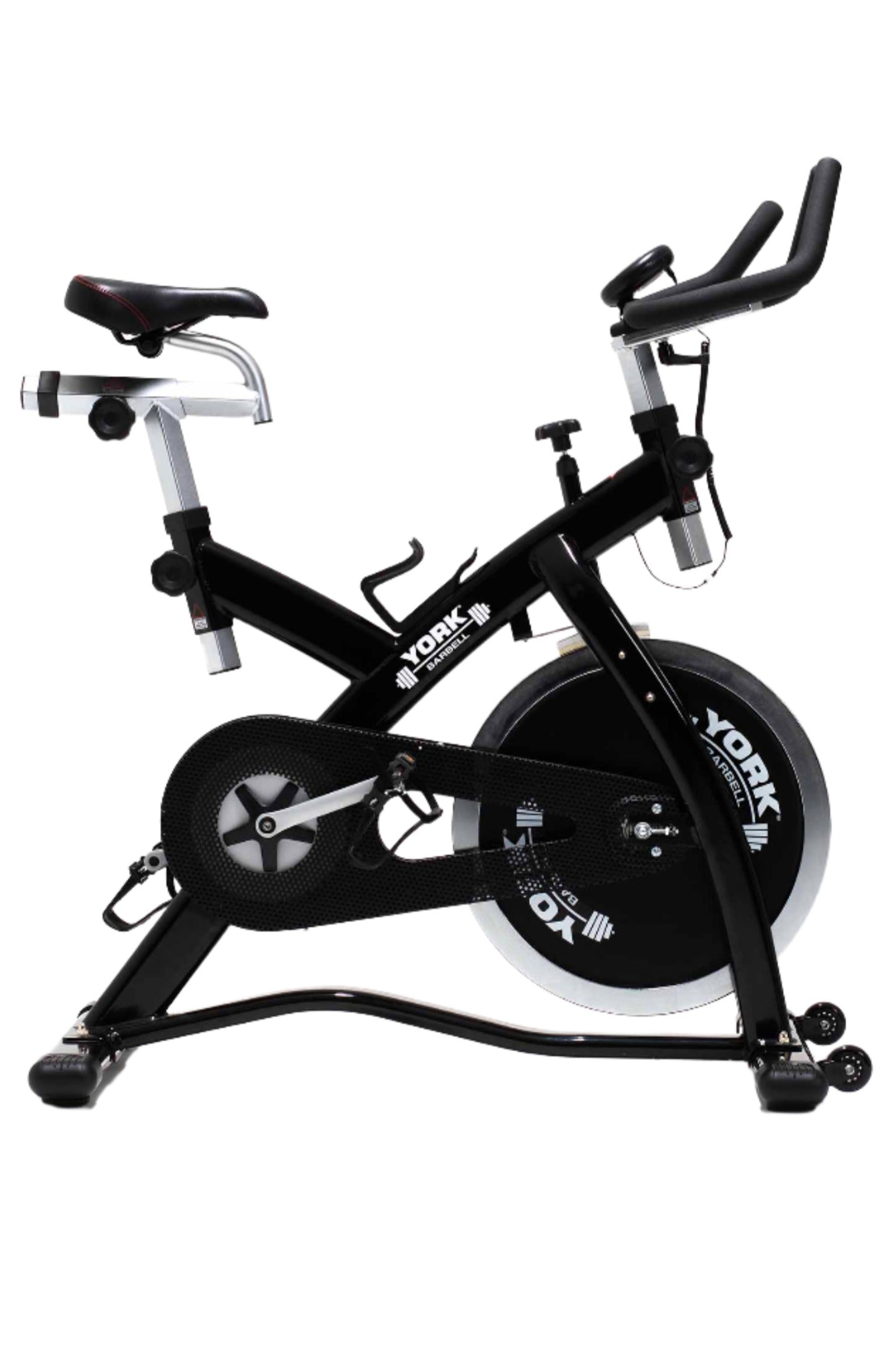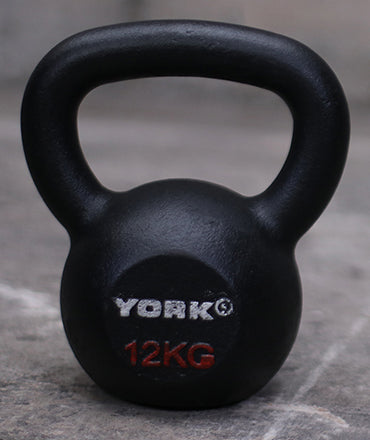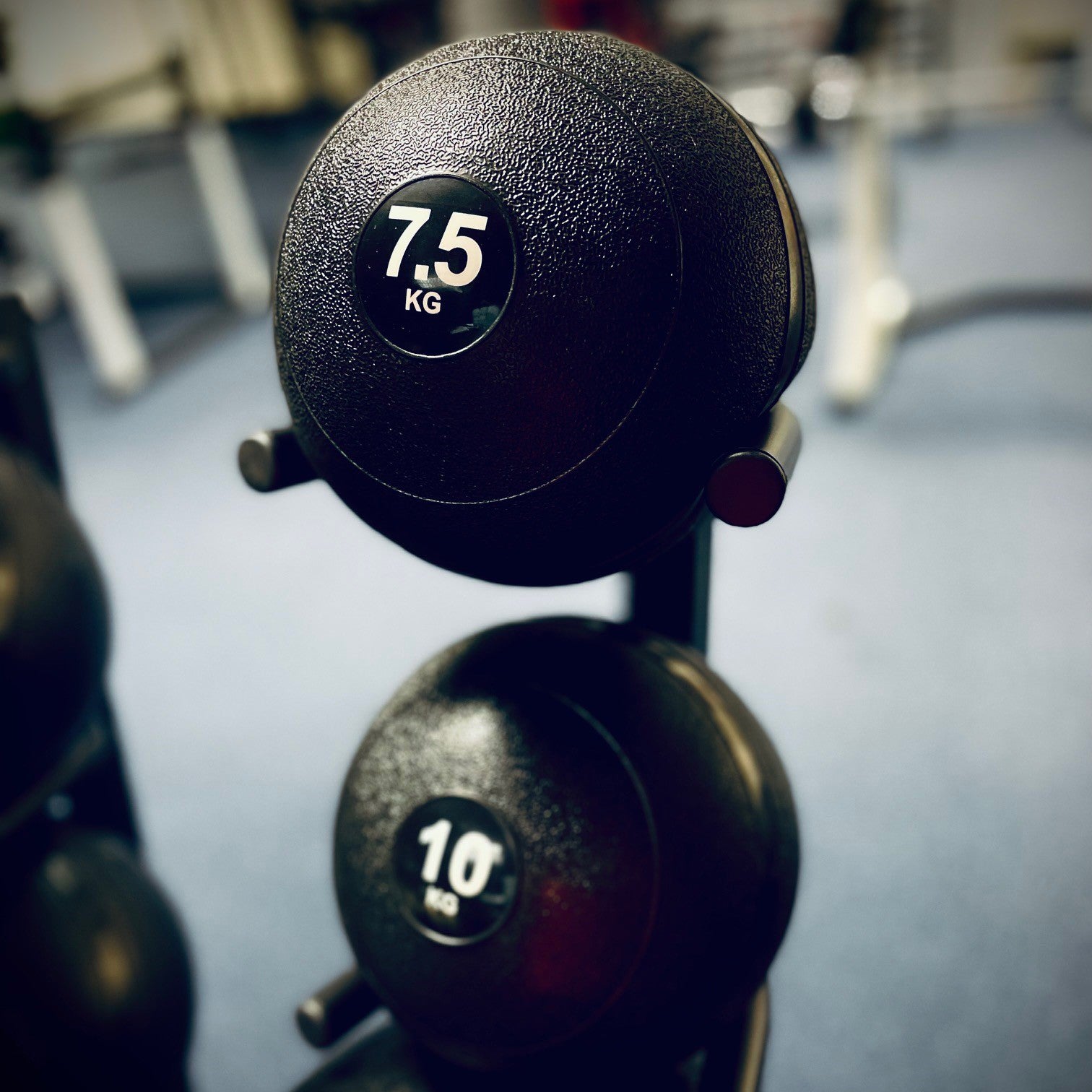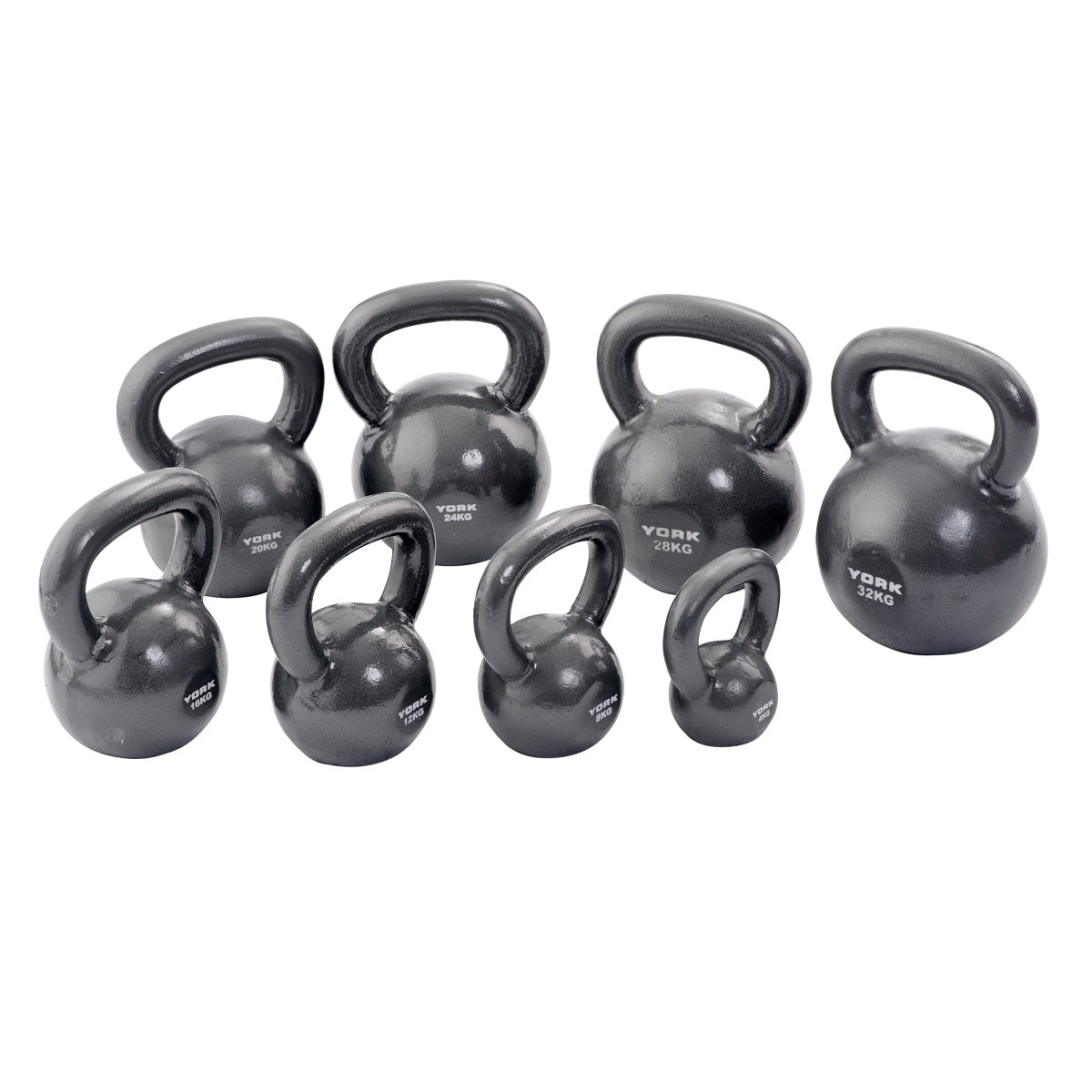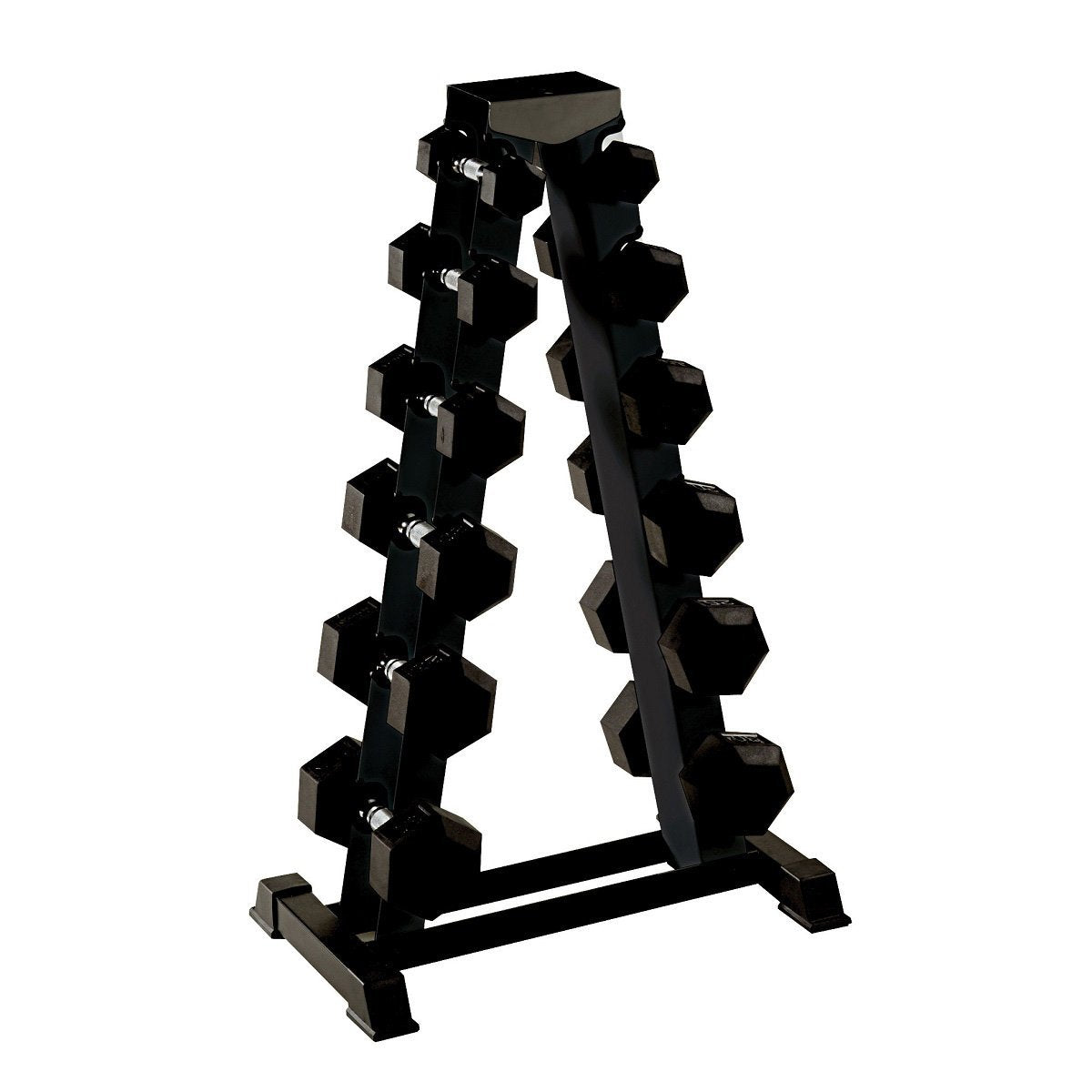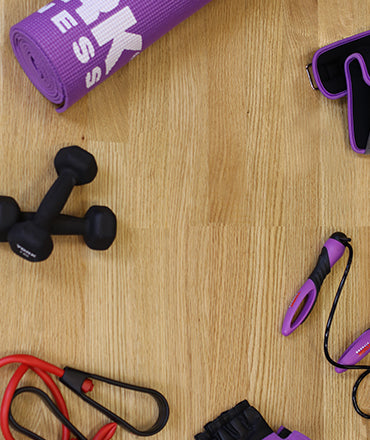Integrating strength training with cardiovascular exercises is a powerhouse strategy for achieving overall fitness and weight loss. The synergy of building muscle while enhancing cardiovascular endurance offers numerous benefits, including improved metabolic rate, enhanced heart health, and a more balanced physique. In this blog, we'll explore the advantages of combining these two essential components of fitness and suggest various workout routines tailored to different fitness levels and goals.
The Benefits of Combining Strength Training and Cardio
1. Enhanced Weight Loss
One of the primary reasons people integrate cardio with strength training is for weight loss. Strength training builds muscle mass, which in turn increases the body's resting metabolic rate (RMR). A higher RMR means you burn more calories even at rest. Cardio exercises, on the other hand, burn a significant number of calories during the activity itself. When combined, they create a powerful calorie-burning effect that accelerates weight loss.
2. Improved Heart Health
Cardiovascular exercises such as running, cycling, and swimming improve heart and lung function. They enhance your body's ability to deliver oxygen to your muscles, which is essential for both endurance and strength. Strength training, while primarily focused on muscle building, also has cardiovascular benefits by increasing your overall fitness level, leading to better heart health and reduced risk of cardiovascular diseases.
3. Increased Muscle Mass and Definition
Strength training is critical for muscle growth and definition. It helps build lean muscle mass, which not only improves appearance but also supports metabolic health. When combined with cardio, which helps reduce body fat, the muscles become more defined. This combination creates a toned and sculpted physique.
4. Enhanced Athletic Performance
Athletes and fitness enthusiasts often combine strength training with cardio to enhance their overall performance. Strength training improves power and endurance in muscles, while cardio boosts stamina and recovery rates. Together, they enable athletes to perform better in their respective sports and reduce the risk of injuries.
5. Balanced Fitness Routine
Combining both forms of exercise ensures a well-rounded fitness routine. While strength training focuses on muscle hypertrophy and strength, cardio emphasises endurance and cardiovascular health. This balance prevents overuse injuries that can occur from focusing solely on one type of exercise and promotes overall well-being.
Effective Routines for Different Fitness Levels
Beginner Routine
For beginners, the focus should be on building a foundation of fitness that includes both strength and cardio. Here's a balanced routine to get started:
Monday - Strength Training:
- Squats: 3 sets of 12 reps
- Push-Ups: 3 sets of 10 reps
- Dumbbell Rows: 3 sets of 12 reps (each arm)
- Plank: 3 sets of 30 seconds
Wednesday - Cardio:
- Brisk Walking or Light Jogging: 30 minutes
- Jumping Jacks: 3 sets of 20 reps
- High Knees: 3 sets of 20 reps
Friday - Strength Training:
- Lunges: 3 sets of 12 reps (each leg)
- Dumbbell Press: 3 sets of 12 reps
- Deadlifts: 3 sets of 12 reps
- Russian Twists: 3 sets of 20 reps
Saturday - Cardio:
- Cycling or Swimming: 30 minutes
- Burpees: 3 sets of 10 reps
- Mountain Climbers: 3 sets of 20 reps
Intermediate Routine
Intermediate routines can introduce more complexity and intensity, combining both elements in single sessions:
Monday - Full-Body Strength and Cardio Circuit:
- Jump Rope: 2 minutes
- Squats: 3 sets of 15 reps
- Push-Ups: 3 sets of 15 reps
- Burpees: 3 sets of 10 reps
- Plank: 3 sets of 45 seconds
Wednesday - HIIT (High-Intensity Interval Training):
- Warm-up: 5 minutes jogging
- 30 seconds sprint / 30 seconds walk (repeat 10 times)
- Cool-down: 5 minutes walking
Friday - Upper Body Strength and Cardio:
- Rowing Machine: 5 minutes
- Bench Press: 3 sets of 12 reps
- Dumbbell Shoulder Press: 3 sets of 12 reps
- Jumping Jacks: 3 sets of 30 reps
- Bicycle Crunches: 3 sets of 20 reps
Saturday - Lower Body Strength and Cardio:
- Elliptical: 5 minutes
- Deadlifts: 3 sets of 12 reps
- Lunges: 3 sets of 15 reps (each leg)
- High Knees: 3 sets of 30 seconds
- Leg Raises: 3 sets of 15 reps
Advanced Routine
Advanced routines are designed for those who have a solid fitness foundation and seek to challenge themselves further:
Monday - Strength Training:
- Barbell Squats: 4 sets of 10 reps
- Bench Press: 4 sets of 10 reps
- Deadlifts: 4 sets of 10 reps
- Pull-Ups: 4 sets of 8 reps
- Russian Twists: 4 sets of 25 reps
Tuesday - Cardio Intervals:
- Warm-up: 5 minutes jogging
- 1-minute sprint / 1-minute jog (repeat 10 times)
- Cool-down: 5 minutes walking
Thursday - Strength and Cardio Combo:
- Kettlebell Swings: 4 sets of 20 reps
- Box Jumps: 4 sets of 15 reps
- Push Press: 4 sets of 12 reps
- Battle Ropes: 4 sets of 30 seconds
- Medicine Ball Slams: 4 sets of 20 reps
Saturday - HIIT and Strength:
- Warm-up: 5 minutes jogging
- Circuit: (repeat 4 times)
- 1-minute burpees
- 1-minute jump rope
- 1-minute rest
- Cool-down: 5 minutes walking
- Strength:
- Overhead Squats: 3 sets of 12 reps
- Bent Over Rows: 3 sets of 12 reps
- Leg Press: 3 sets of 15 reps
Tips for Maximising Results
1. Consistency is Key
Consistency is crucial for seeing results. Ensure you're following your routine regularly and not skipping workouts. Set a schedule that fits your lifestyle and stick to it as closely as possible.
2. Proper Nutrition
Complement your workouts with a balanced diet rich in protein, healthy fats, and complex carbohydrates. Protein is especially important for muscle recovery and growth, while carbs provide the necessary energy for intense workouts.
3. Rest and Recovery
Allow your body adequate time to rest and recover. Overtraining can lead to injuries and burnout. Make sure you're getting enough sleep and incorporating rest days into your routine.
4. Gradual Progression
Increase the intensity and complexity of your workouts gradually. As you become stronger and more fit, challenge yourself with heavier weights, more reps, or higher cardio intensity. This progressive overload is essential for continued improvement.
5. Listen to Your Body
Pay attention to your body's signals. If you're feeling overly fatigued or experiencing pain, take a step back and assess whether you're pushing too hard. It's better to have a rest day or a lighter workout than to risk injury.
Conclusion
Combining strength training with cardio is an effective approach to achieving maximum fitness results. Whether you're a beginner looking to build a fitness foundation, an intermediate athlete aiming to enhance performance, or an advanced fitness enthusiast seeking new challenges, integrating these elements into your routine will yield significant benefits. Remember to stay consistent, focus on proper nutrition, and listen to your body to make the most of your workouts. By doing so, you'll enjoy improved health, greater strength, enhanced endurance, and a more balanced and defined physique.


